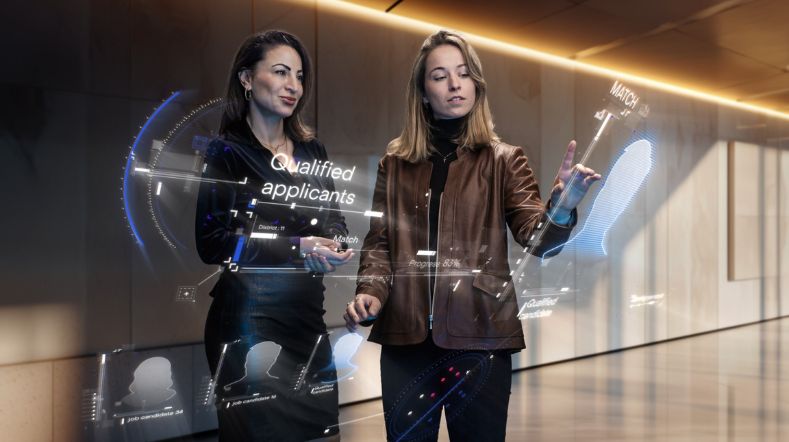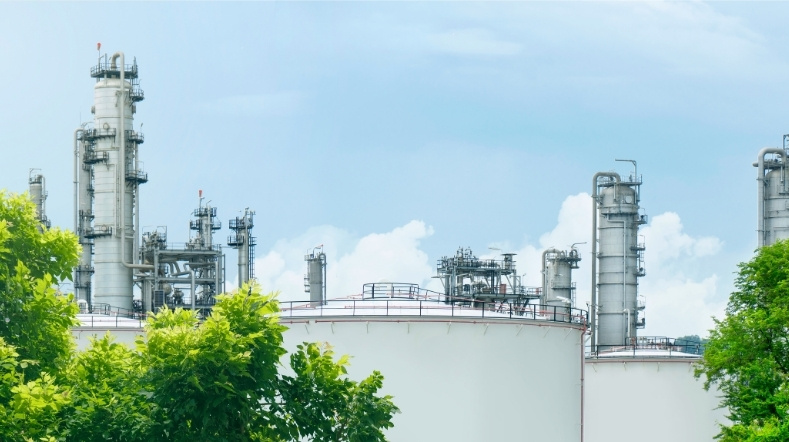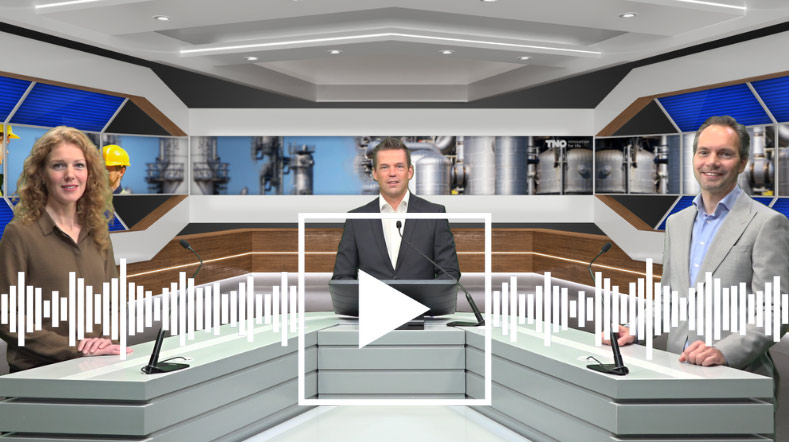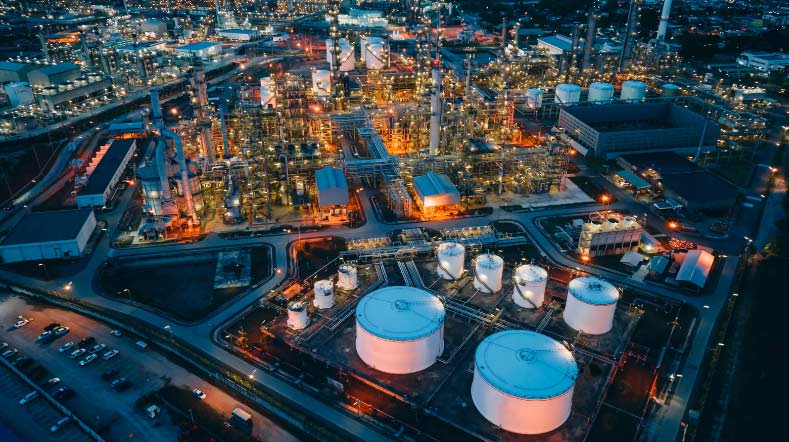
Reducing hazardous workplace exposures
While doing their work, employees may encounter exposure to hazardous substances such as solvents, diesel emissions, silica, asbestos, and welding fumes. This can lead to occupational illnesses like cancer, respiratory issues and skin conditions. Other types of exposures like heat exposure, can also cause occupational illnesses. At TNO we develop knowledge and tools in collaboration with partners to make exposure visible and to reduce and prevent workplace exposures. We aim to keep people healthy at work.
In the Netherlands, about 3,000 workers die prematurely each year, due to exposure to hazardous substances at work. Additionally, thousands of former employees suffer from diseases caused by exposure to (high concentrations of) hazardous substances while at work. To address this, we are working within a programme, The exposome to Prevent Occupational Diseases’, to find ways to control exposure to chemicals as well as to heat, cold, and noise, etc. We are developing technologies and methods to monitor and interpret exposures, relate them to health effects and develop effective measures or prevention methods.
Making connections through the exposome
The connection between exposures and health effects is complex. Throughout their lives, people are exposed to various factors that can cause diseases. We are exposed through the environment in which we grow up, live, exercise and sleep. Additionally, exposure can occur in work situations.
All the exposures collectively have a significant impact on the development of diseases. This has led to the concept of the exposome: the totality of exposures that individuals experience throughout their lives and how their bodies respond. At TNO, we apply this concept to occupational exposure in order to develop effective preventive measures that improve health in the workplace.
In our exposome research, we utilise new technologies such as sensors and artificial intelligence (AI). This provides new insights into where, why and when exposures occur and the connection between (combined) exposures, biomarkers of effect and health effects. Together with partners, we aim to unravel the exposome and make the use the methods and information applicable to prevent diseases from exposure.
Download the white paper
Read more about the exposome in the white paper ‘Exposome: Connecting the dots for effective prevention of disease’.
Mapping exposure with models
Gaining insight into exposures is costly and labour-intensive, resulting in few measurements being conducted in practice. Therefore we are developing models that can predict exposures in different work situations. Examples include Stoffenmanager®, The Advanced Reach Tool, and the dermal Advanced REACH Tool, developed with an international consortium. Companies can use these models, making exposure characterisation accessible to small and medium-sized enterprises (SME’s) as well.
Since chemical exposure occurs through multiple exposure routes (inhalation, skin and mouth) and from different domains (the work environment, the living environment or food), we are developing models that combine these different routes and domains. The EU PARC project is one example of a project in which these models are being developed.
The potential of sensors
In addition to models, we use sensors to make measurements cheaper and easier. We use sensors and sensor-based methodologies to obtain personal exposure profiles throughout the working day. This provides better insight into which individuals are at risk in specific situations, allowing for more targeted preventive measures. Furthermore, active risk management becomes possible as results are immediately available. In collaboration with 5xbeter, we explored the potential of sensor measurements in a pilot project focussed on welding fumes.
Sensors are widely applicable. To encourage the correct use of suitable sensors, we are developing guidelines on sensor use in international collaboration with partners including NIOSH, GCG, HSE, and IOM. We are doing this within a Community of Practice, established in partnership with the International Occupational Hygiene Association. Additionally, we aim to implement sensors in occupational hygiene practice. Through the research and prototyping platform EXCITE, we research how large amounts of sensor data can be effectively transformed into useful information and knowledge.
Professional groups at risk and biomarkers
We use data from cohorts and registration and monitoring data to gain insight into which professional groups are at extra risk for certain conditions, the effects of combined exposures and whether there are sensitive groups at increased risk. This includes employees with underlying conditions, older employees or gender effects. We conduct this research in the TNO-coordinated EU EPHOR project, using data from dozens of cohorts across Europe, including data from TNO's Labour Monitor.
Additionally, we conduct research on the mechanisms of occupational diseases and identify (early) biomarkers of effect by applying AI techniques to existing literature in combination with (toxicological) databases. This knowledge can contribute to improved risk identification and assessment as welle as surveillance of (risk groups of) workers and health impact assessment.
Reducing exposure
Knowing exposures and related health effects, is not enough to prevent occupational diseases. Harmful exposures must be reduced or prevented. On our online platform Stofvrij werken users can find experimentally determined effectiveness of control measures for tools. Our Exposure Control Efficacy Library (ECEL) provides an overview of the effectiveness of more general control measures. Companies can find information on how to reduce exposure to hazardous substances and how to work safely. They can assess their current situation and make informed decisions about investing in safety.
Sometimes it is unclear what control measures should be targeted. Sensors can help identify which sources or activities contribute most to exposure. We have developed a five-step plan for the effective identification and management of exposure sources. This identification may reveal that behaviour, such as an individual’s working methods, is a major cause of exposure. To provide guidance for behavioural changes, we have developed GIDS (Behaviour Intervention Do-It-Yourself Tool Substances).
We EXPOSE is a toolbox for scientists, occupational hygienists/physicians, and policy makers that provides methods and data developed in the EU EPHOR project are made available. Examples include methods for measuring the exposome and the Substances Information System (SIS), which offers AI-generated information about hazardous substances.
Looking to the future
Various (technological) changes will lead to innovations in the field of work and health. Our vision for the use of real-time monitoring in the future is reflected in our Virtual Industrial Hygiene (VOHA) proposition. Additionally, AI technology, which enables the extraction, prioritisation, combination, and/or interpretation of data, will influence the field of work and health. Through TNO’s AI Lab, we are exploring and intensifying the use of AI in relation to workplace exposures and health.
Societal challenges like climate change, the circular economy, and energy transition will also bring about changes in the work environment and exposure risks in certain sectors. Therefore we are increasingly focusing on characterising and reducing the risks of exposure from heat and cold in the workplace, in combination with other exposures. The EU INTERCAMBIO project aims to improve the mental and physical health of employees in environments that are changing due to climate change and jobs that contribute to the energy transition.
Join us!
Would you like to know more about our work in exposome research or prevention of occupational diseases? Or would you contribute with your organisation?
Get inspired
TNO Announces the launch of ObjectivEye


Prospective Life Cycle Assessments for future-proof product design


Knowledge advantage in SSbD offers opportunities for Dutch chemical companies


The future of chemicals is Safe and Sustainable by Design


SSbD presents significant opportunities for the Dutch chemical sector to maintain its leadership position



